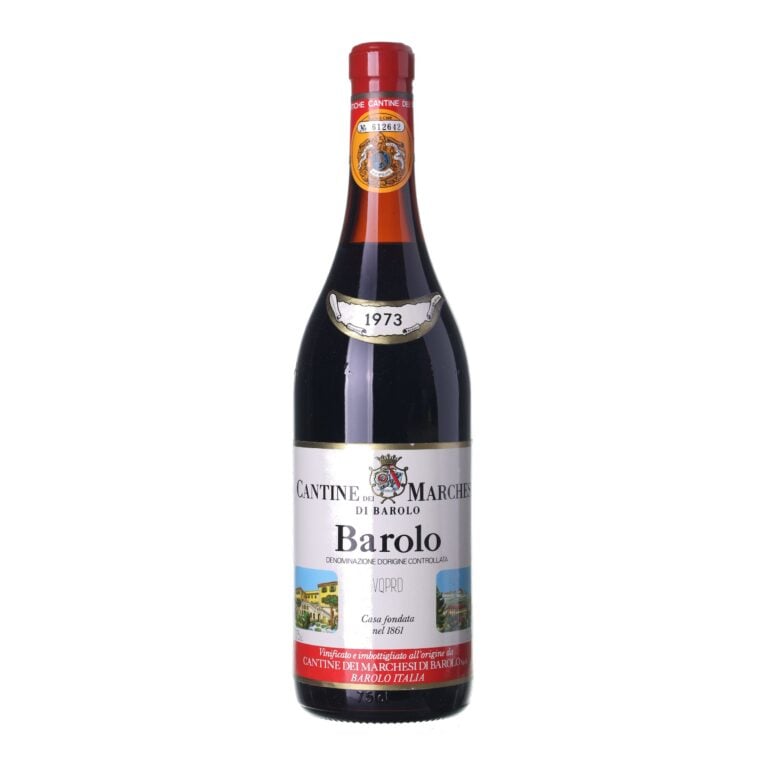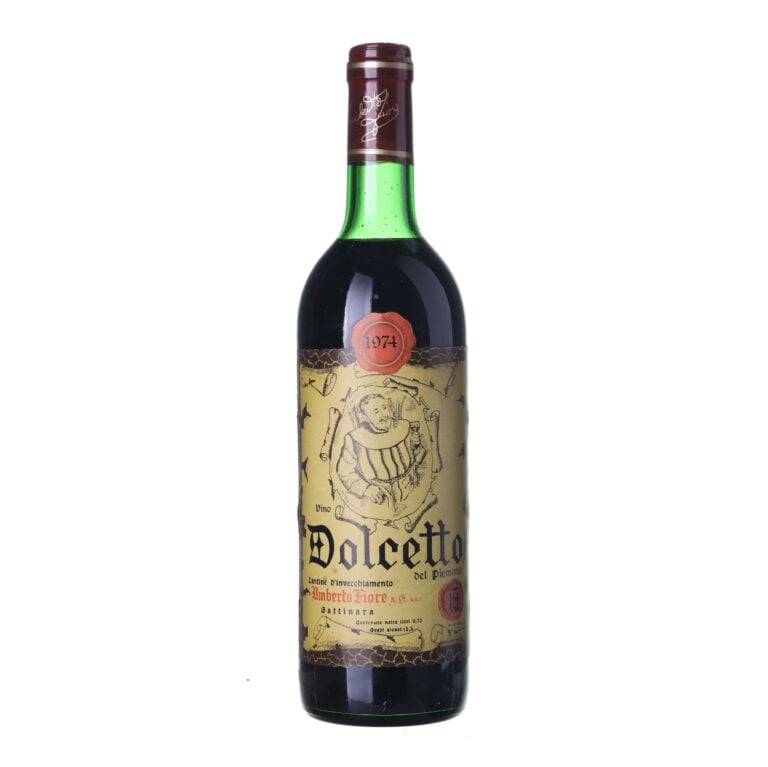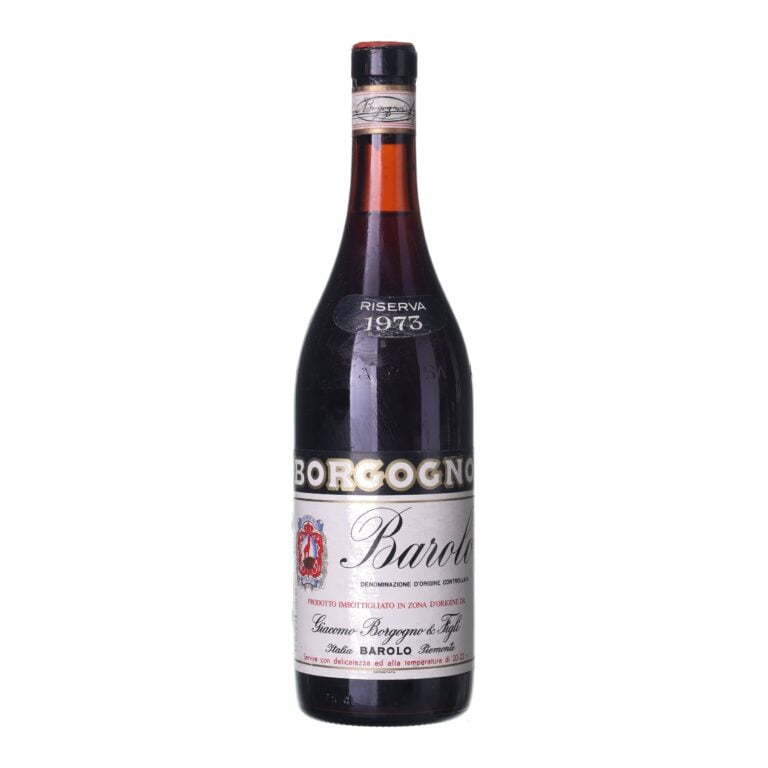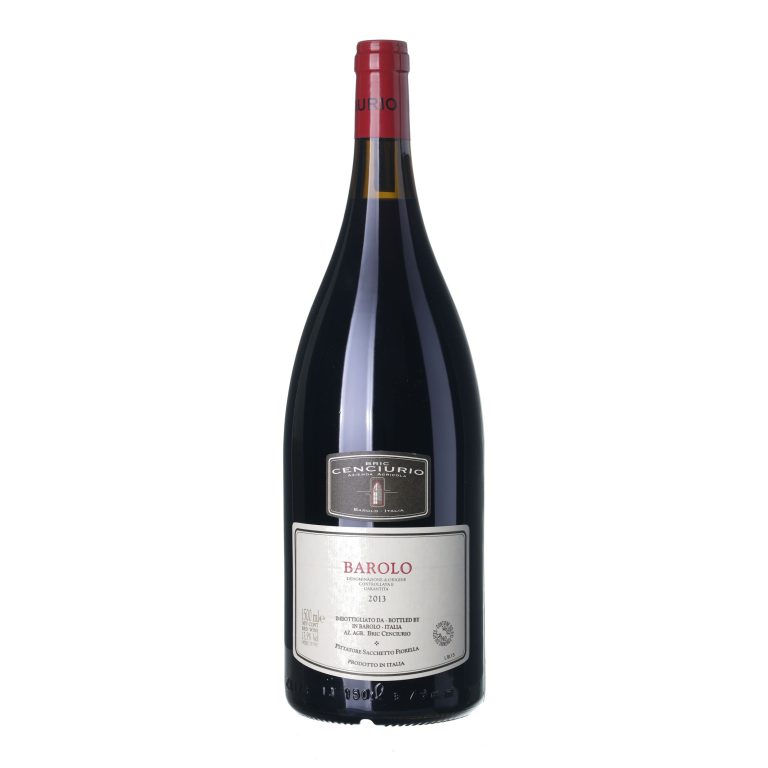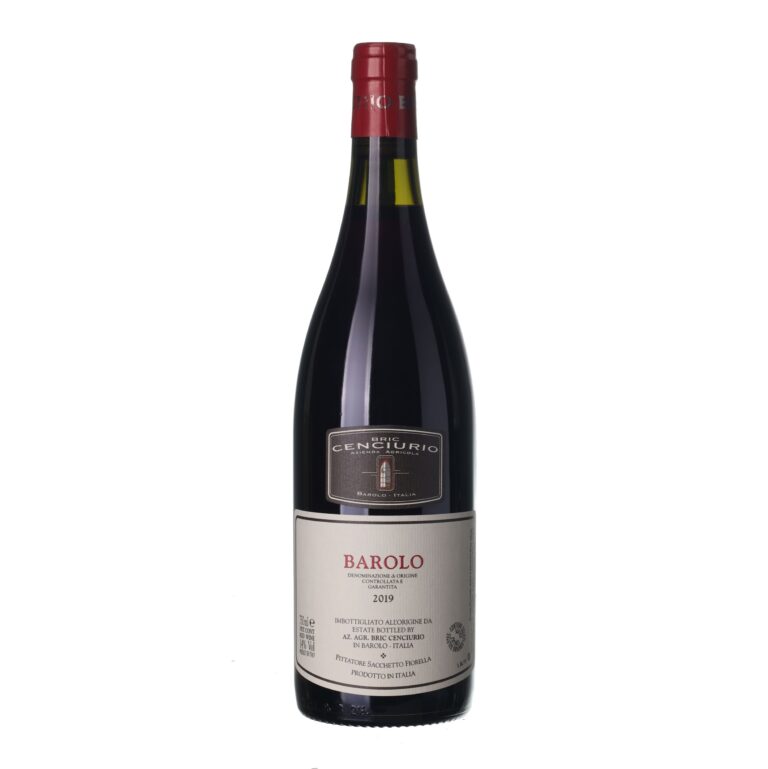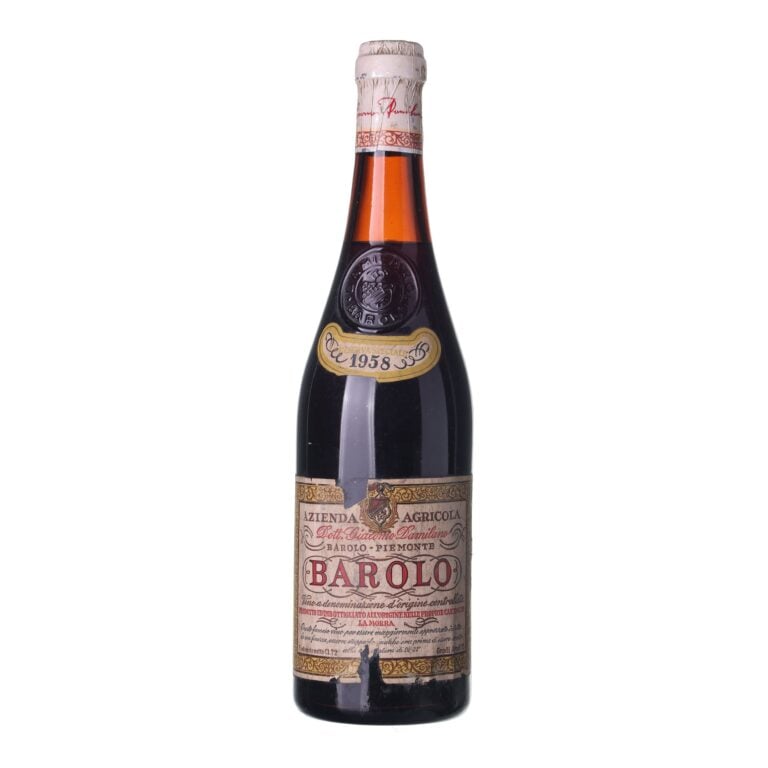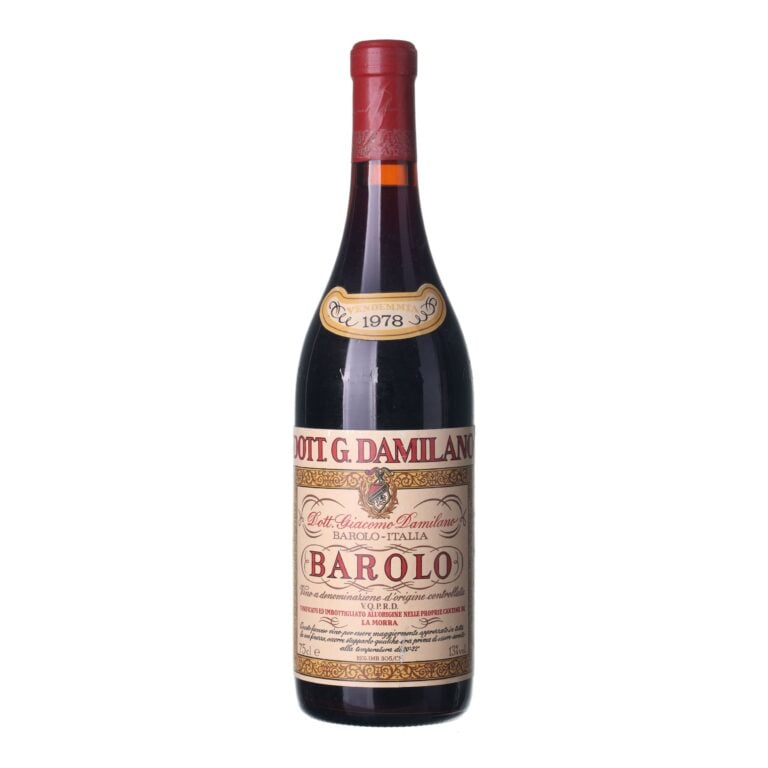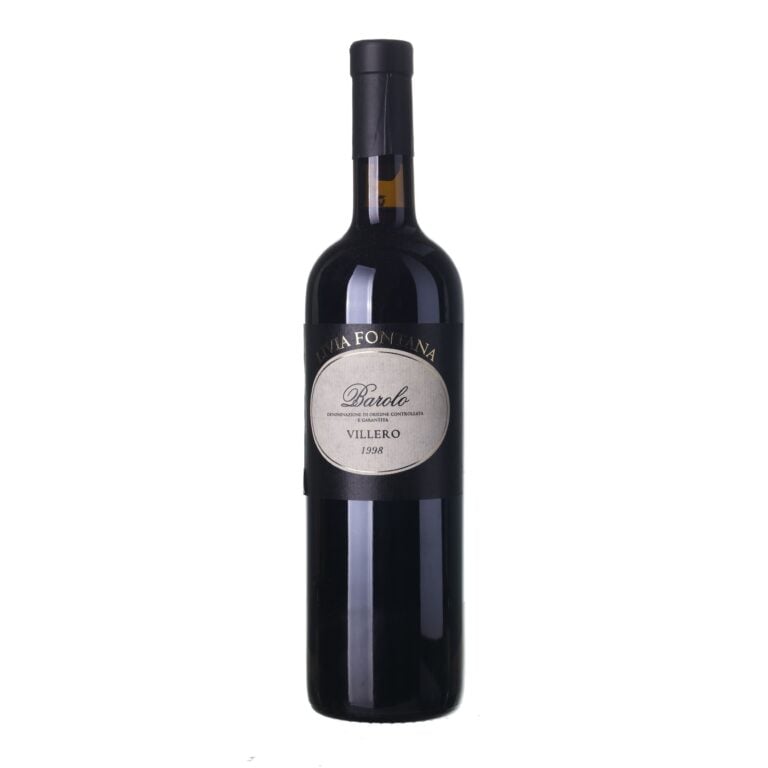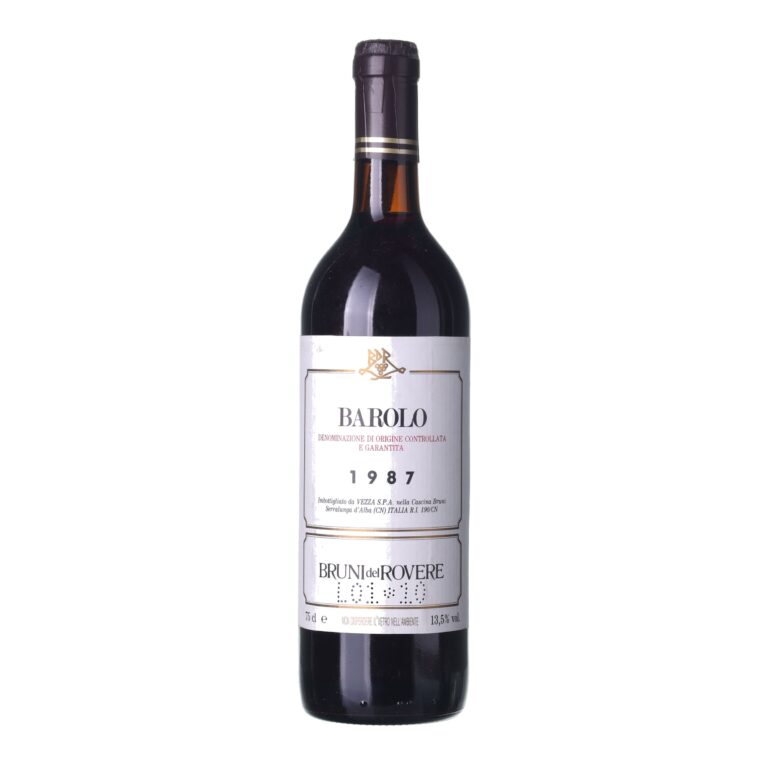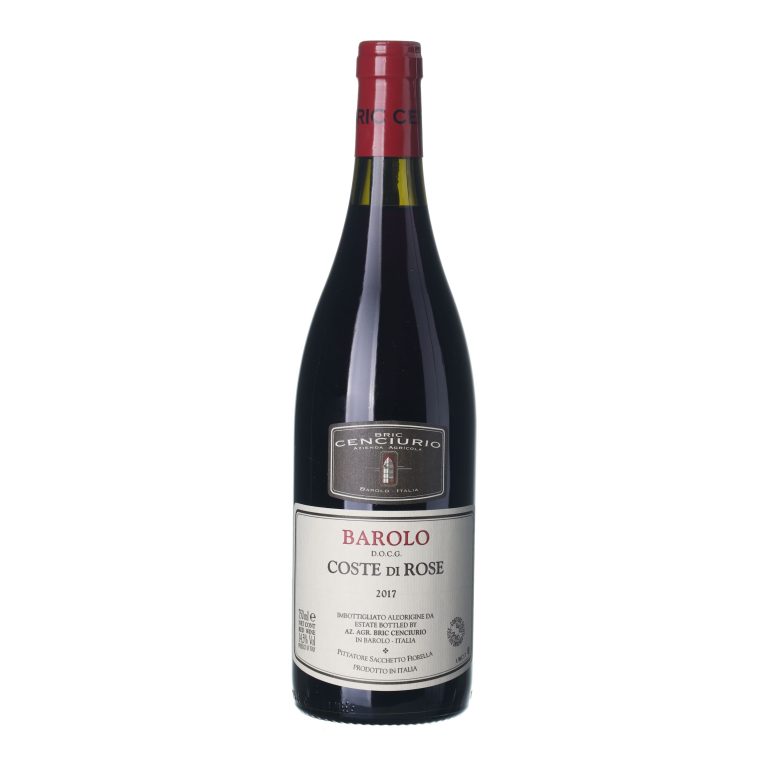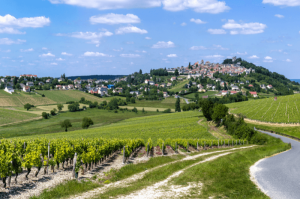The Cascina Garitina winery: an original flavor of Piemonte
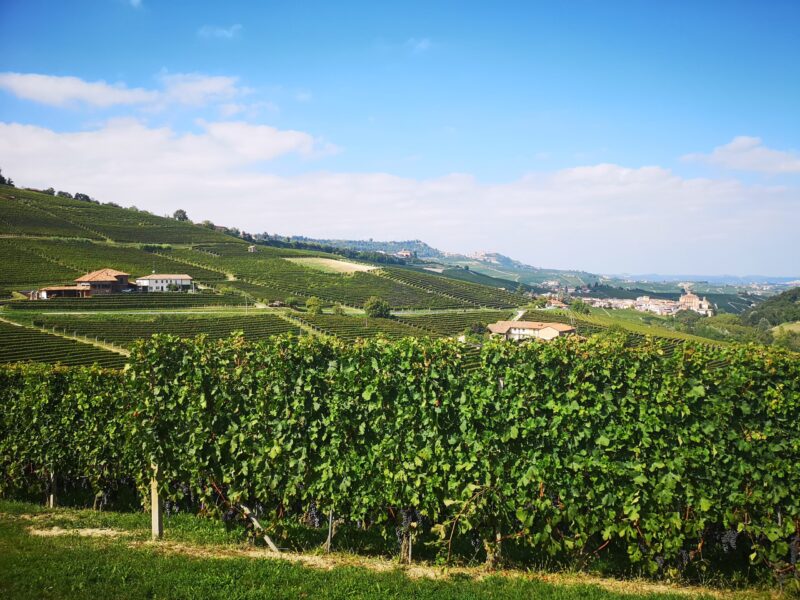
Every inch of the Cascina Garitina is unique. The present owner, Gianluca Morino, isn’t afraid to break established rules for winemaking – and you’ll recognize his signature on all of his wines. Which varieties is Gianluca growing, and how does he produce his wines? Find out more about this gem of the Piemonte region in this article.
Piemonte: An Italian land of hills and mists
The famous Piemonte winemaking region is located in northwestern Italy. And it is here that we find the Province of Asti, the homeland of the Cascina Garitina winery.
The province takes its name from the city of Asti, which is surrounded by vast acres of vineyards. Summers in the province tend to be sweltering. However, winters are usually fairly cool. The reasons for water not remaining in the soil are not only specific climate conditions, but also the shape of the landscape – the terrain is extremely hilly. Autumn and winter fogs, which cling to the lowlands, are also typical for Piemonte.
The history of the Cascina Garitina winery goes back to the last century
For four generations, winemakers from Cascina Garitina have only grown blue varieties of grapes. The present owner, Gianluca Morino, also continues in the tradition of producing red wines. The family winery is named after Gianluca’s great-grandmother Margherita, who founded it in 1900. “Garitina” is a dimunitive for her name in the Piemonte dialect.
In addition to Barbera, which occupies 90 % of the vineyards, they also grow Brachetto, Dolcetto, Pinot Nero, Merlot, and Cabernet Sauvignon to lesser extents. The subsoil where the winery grows its grapes is predominantly sandstone. Wines from Cascina Garitina boast DOCG certification, which indicates wines of the highest quality.
An interesting fact: Until recently, in some countries wine lovers enjoyed Barbera exclusively as an aperitif. This was the case, for example, in Belgium, Luxembourg, and the Netherlands.
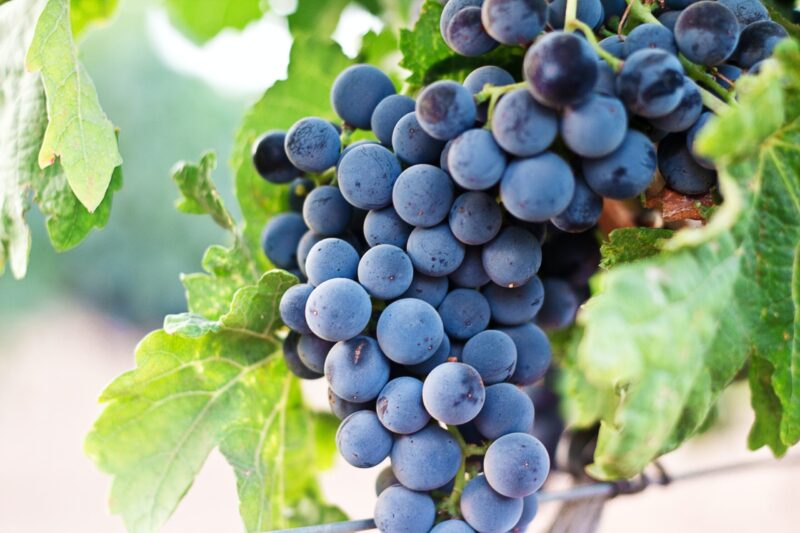
What makes Barbera wines special?
The traditional blue Barbera variety grows at the Cascina Garitina winery in locations oriented to the south that provide the best sun exposure. Because it thrives on lots of sun and warmth, even global warming doesn’t disturb it.
The grapes can be used to produce single-variety or mixed wines. Thanks to their natural acid content, Barbery wines are refreshing and balanced.
- Young wines are bright red, with a sweet cherry character and subtle tannins.
- Older wines take on denser, sour cherry tones through the maturation process.
Another interesting fact: wine made from Barbera was already popular in the 17th century when officers of the Savoy army drank to bolster their courage before battles.
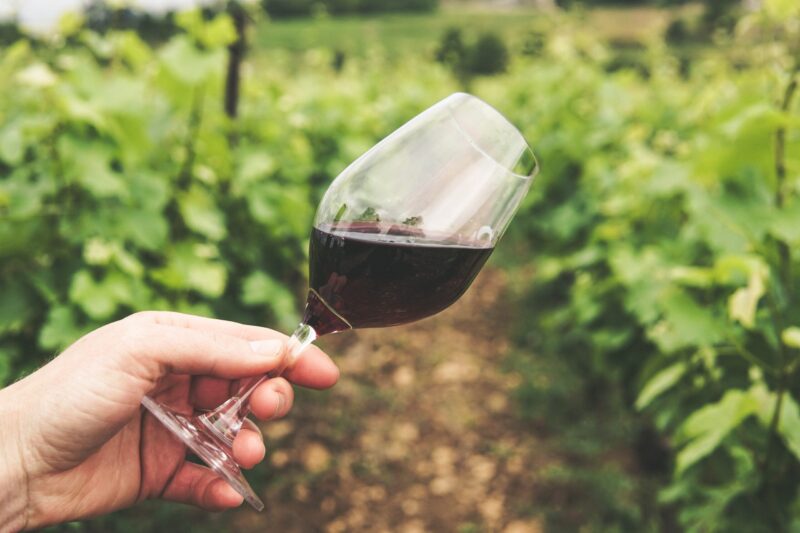
Don’t expect tertiary tones from a damp cellar in Cascina Garitina wines
Gianluca Morino goes against the conservative current and uses high-quality screw caps for his wines instead of corks. When you open a Cascina Garitina wine you don’t have to worry about the deterioration that can be caused by cork taint.
Cork taint can make a wine dull and unharmonious. The wine can even have a musty taste reminiscent of a damp cellar. In our separate article, you’ll find out how to detect a wine that has been spoiled this way. And this is exactly what the Cascina Garitina winery avoids by using their screw tops.
However, Gianluca has even more reasons why he doesn’t use classic corks for his wines:
- Thanks to screw caps, the resulting wines don’t differ much in their tastes.
- The screw caps enable Gianluca to monitor the supply of oxygen provided to the wines thanks to special membranes they’re equipped with.
- Wine in a screw-capped bottle doesn’t take on other tastes which, in the case of the cork, can even be somewhat bitter.
- Another benefit is easier opening of the bottle. If you aren’t using a special two-pronged opener for vintage bottles, the cork can easily break up into crumbs that fall in the wine.
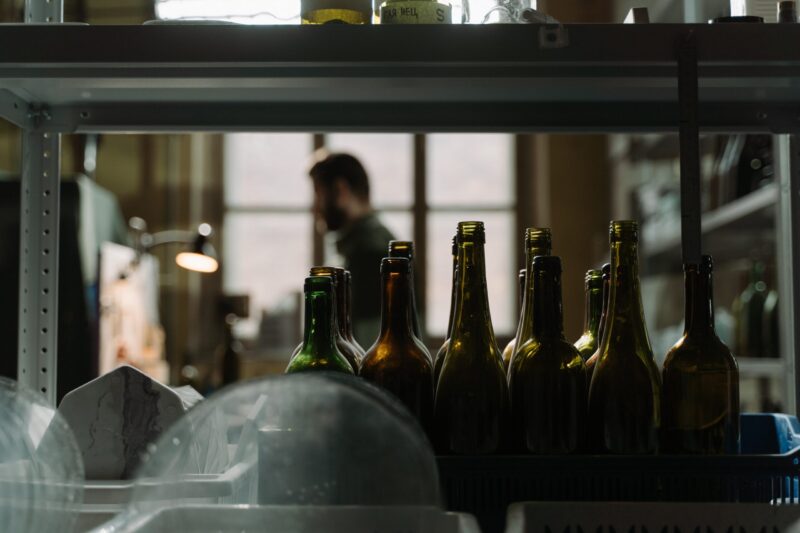
Get to know an exclusive wine. Its name is Garitta.
Cascina Garitina’s flagship wine is the dry red Garitta. This wine is produced with 100% Barbera grapes, and it matures in steel barrels. The taste of the wine is magnificently harmonious, fresh, and elegant. You will enjoy the pleasant acidity that’s typical for Barbera.
You already know that the winery’s owner Gianluca Morino isn’t afraid to defy generally established rules of winemaking. And his Garitta wine is a great example of this.
The shape of the label reflects Gianluca’s life credo: Think positively and look up. The color yellow is also an original touch, because it’s not often used in the design of wine labels. The slanting shape of the label also symbolizes the slope of the vineyards that reach the summit that is called Garitta. This is where the winery’s cellars are located.
This wine is excellently suited for further archiving. If you provide the proper conditions for storing vintage wines, you can enjoy Garitta even 20 years from now.
Select wines. In your email.
once every month. You can look forward to our recommendations, interesting content, and great offers for your archive for your archive.
By sending an email you agree to the Terms and Conditions for Protection of Personal Data


